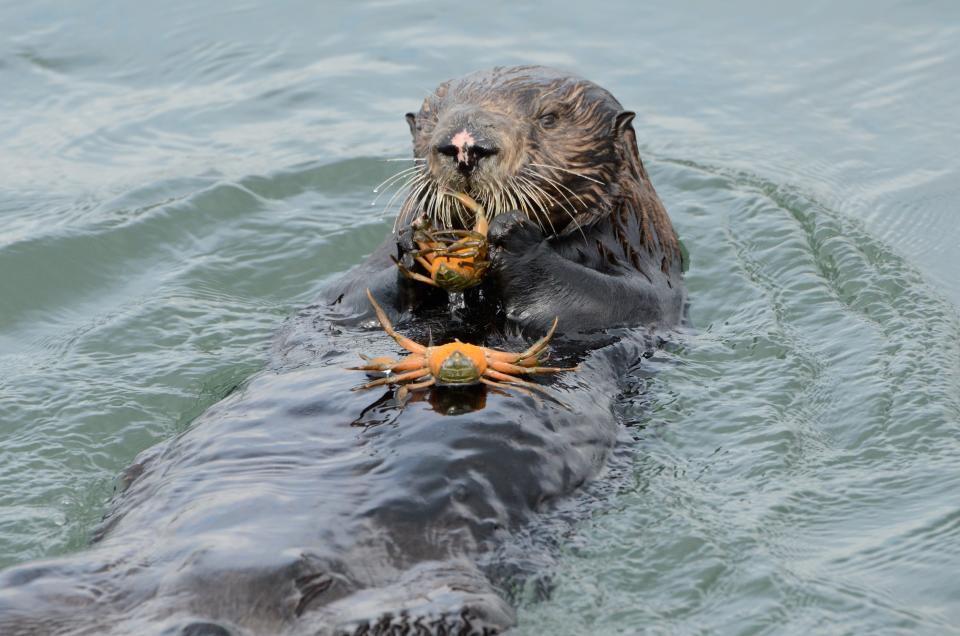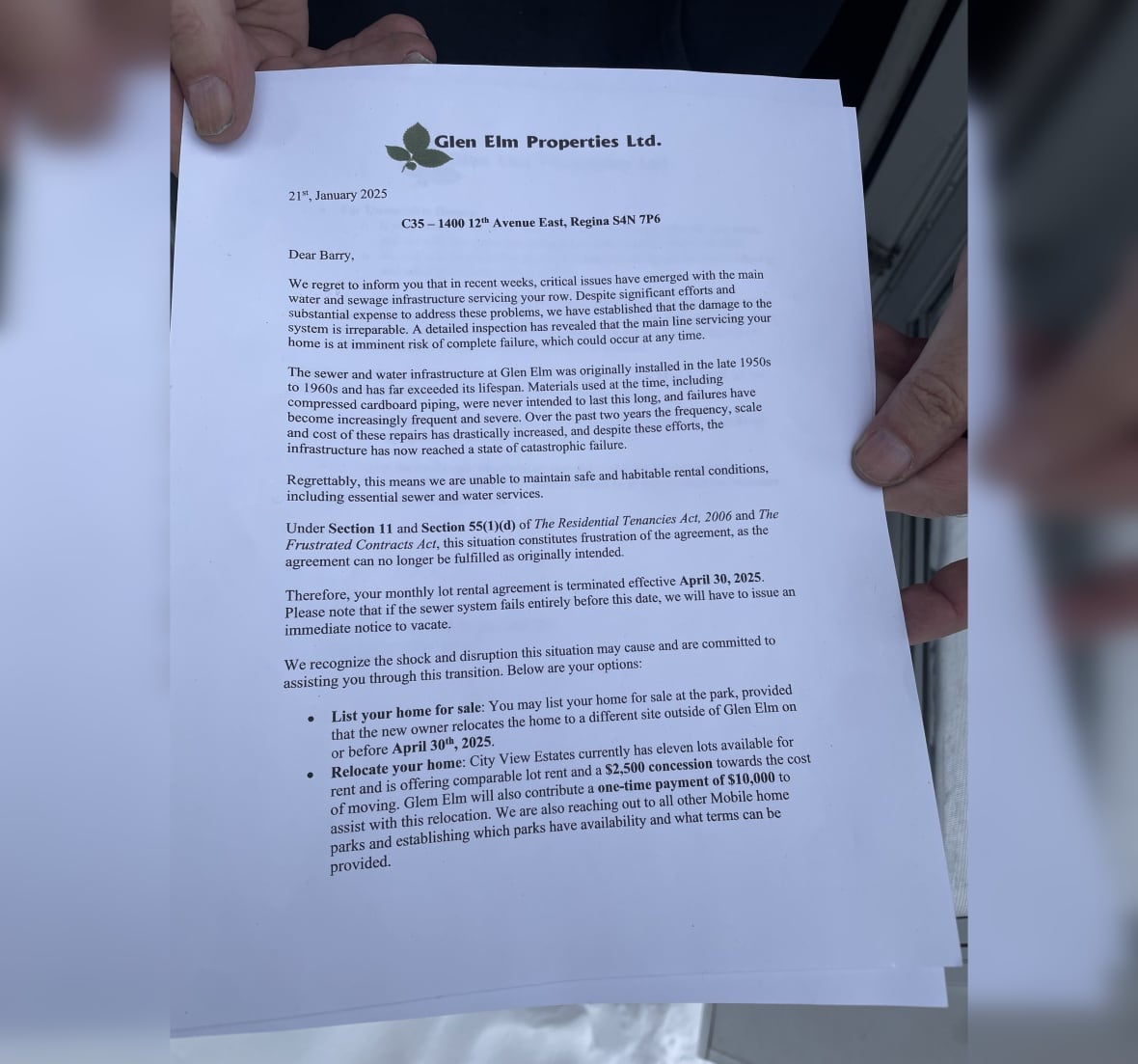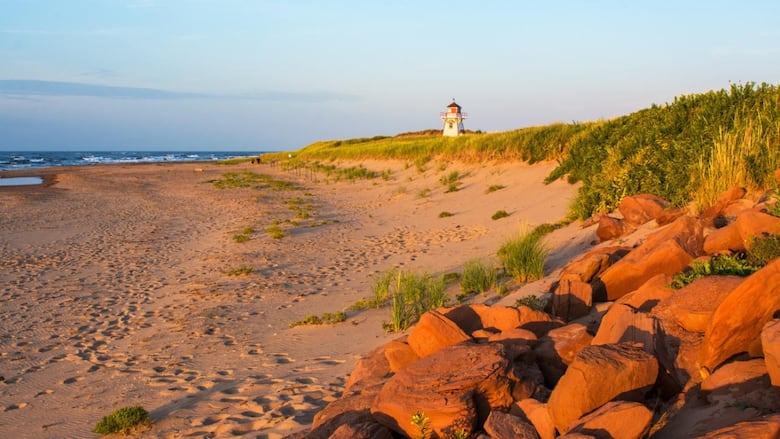SAN FRANCISCO – A California ecosystem has gotten a big boost from an adorable, fluffy and hungry friend.
At Elkhorn Slough National Estuarine Research Reserve, a newly-reinvigorated population of native southern sea otters has eaten so many invasive European green crabs that researchers say the otters have locally solved a problem that has plagued the West Coast for years.
States are spending millions to protect their inland waterways from the tiny crabs. Though small – they reach only four inches in width – the invaders harm native wildlife and shoreline ecosystems. At stake are multi-million dollar shellfish industries for Dungeness, king crab and other species.
But at the reserve, otters have almost wiped the crabs out, helping the estuary’s ecosystem come back into balance.
“The otters are a just super voracious predator,” said Kerstin Wasson, research coordinator with the Reserve. “We calculated that the current otter population here eats somewhere between 50,000 and 120,000 green crabs a year.”
Green crabs are originally from Europe and arrived on the West coast sometime in the 1980s. They are considered one of the most invasive species in the marine environment, destroying seagrass, devouring baby crab and salmon and basically laying waste to coastal waters from California to Alaska.
Alaska has an early detection and response plan in place. Washington has allocated $12 million to fight the invaders, Oregon encourages crabbers to harvest up to 35 of them a day.
In California, researchers from the University of California, Davis spent years trying to eradicate them from the state’s Stinson Beach’s Seadrift Lagoon, only to have them bounce back with a vengeance.

But researchers in California’s Elkhorn Slough (pronounced “slew”) have been watching the invasion for two decades and they noticed something surprising.
“In 2000, the green crabs were quite abundant,” said Wasson. And then over the past ten years, they started to disappear.
A few things had happened in that time. The water in the seven-mile-long tidal estuary on Monterey Bay got cleaner. Native eelgrass beds were restored. The natural tidal exchange of water and marshes began to be restored.
And the sea otters came back.
Southern sea otters along the West coast were hunted almost to extinction for their thick, soft fur, only gaining protection in 1913 when California declared them a “fully protected mammal.” Even that didn’t stop them from being hunted. Also at danger from oil spills, which robbed them of the ability to stay warm, the number of sea otters is believed to have declined to as few as 50 individuals down from as high was 300,000.
But by then it was almost too late. Southern sea otters were thought to be extinct until the early 1900s. Then a tiny remnant population was found surviving in Bixby Cove near Big Sur in 1914, site of the now Instagram famous Bixby bridge. The otters were listed as threatened and named a protected federal species in 1977.
From that small group they’ve begun a slow comeback.

The first male sea otter arrived in the Elkhorn Slough, 35 miles north of Bixby Cove, in the late 1990s. Only in the early 2000s did females arrive, and soon thereafter pups, said Wasson.
The Monterey Bay Aquarium’s sea otter rehabilitation program also released 37 pops into the Slough, helping create a thriving and robust community.
Today, the estuary is home to more than 120 otters and is the only one along the West coast that has been significantly colonized by southern sea otters.
And they love to eat green crabs.
“Other marine mammals like seals have blubber to keep them warm. But sea otters don’t have blubber, so they have to eat an enormous amount of food every day,” said Wasson. While clams are their preferred food, the sinuous sea creatures were more than happy to chow down on the crabs.
As they did, a positive feedback loop began, what biologists call a trophic cascade.
“The otters eating the crabs benefited the eel grass, which contributed to better water quality” which helped the otters, said Rikke Jeppesen, an estuarine ecologist with the Elkhorn Slough National Estuarine Research Reserve who was the lead author a paper published December 10 about the otters.
The paper reported the welcome news that over the past decade, the Elkhorn sea otters have significantly reduced the impact of the global invaders.
“Back in the early 2000s, we would sometime catch up to 100 green crabs in one trap. When we set the traps in the same place today we’ll get under ten and often not even five,” Jeppesen said.
Green crab abundance was consistently lowest in Elkhorn Slough, the only California estuary with sea otters, the paper published in the journal Biological Invasions found.
Healing the ecosystem so the otters could come back had the win-win effect of helping manage an invasive species. “The sea otters, they’re like an assistant manager for us,” she said.
The pattern is striking.
“When the otter population was the lowest back in 2003-2004, we thought the green crabs were going to take over Elkhorn Slough.”
“And then they didn’t” she said. “And for that we thank the otters.”

The Elkhorn Slough, a tidal estuary in California’s Monterey Bay. It is home to a growing, healthy population of southern sea otters, which were almost hunted into extinction by the early part of the 1900s.
This article originally appeared on USA TODAY: Cute, hungry otters gobble up invasive green crabs in California
#Outofcontrol #invasive #species #met #match #Cute #hungry #otters












Leave a Reply